Museums are beginning to reopen across the District, having been closed since March in light of the COVID-19 pandemic. Visitors can now go to the National Portrait Gallery, the Smithsonian American Art Museum and many others that opened earlier this summer such as the International Spy Museum.
Now, as the pandemic appears to be slowing in certain parts of the country and multiple pharmaceutical companies are developing vaccines, museums are starting to reopen using new systems and approaches to keep visitors safe.
The International Spy Museum was one of the first museums to reopen after the initial closure of all museums in the D.C. area.
Aliza Bran, media relations manager at the museum, said the museum quickly switched over to offering individuals digital programming after the initial closure, focusing on monthly spy chats offered online and trivia challenges once or twice a month.
“It’s a lot of fun, and we have new material based on whatever theme that’s chosen,” Bran said.
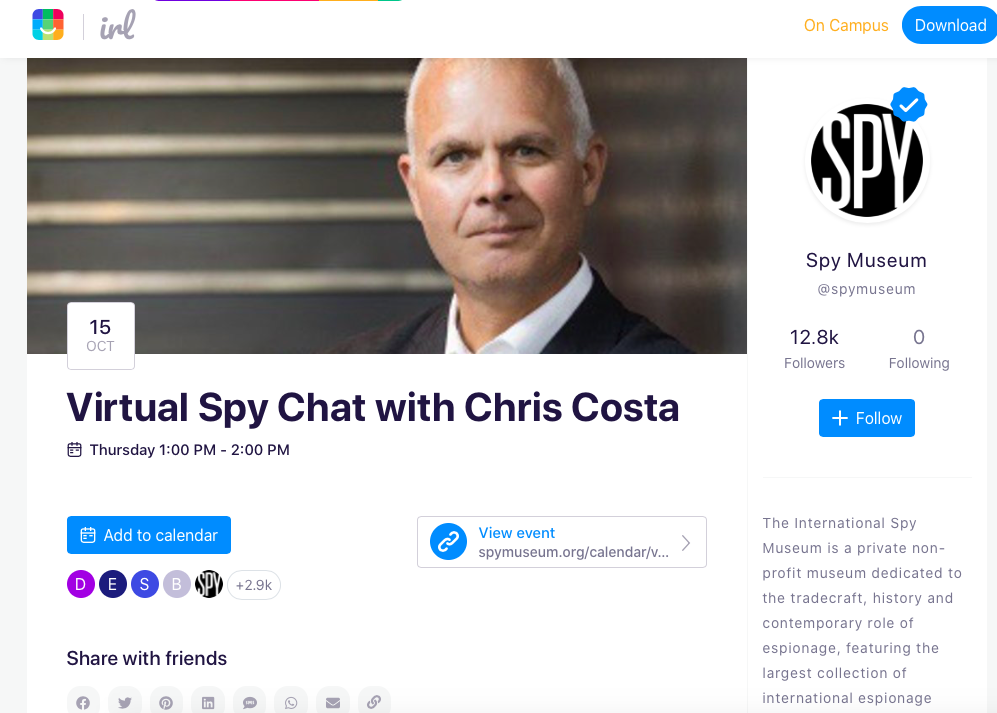
Bran said the museum is currently offering a family program for 8-13 year olds called “Spies in Disguise: Halloween Edition.” The program is a webinar where families can meet former CIA Chief of Disguise Jonna Mendez and professional makeup artist Roger Riggle and learn the art of spy disguises.
“We’re trying to make it fun and keep it fun,” Bran said.
Smithsonian Institution museums are utilizing free-timed entry passes where visitors can register for a time slot, plan to arrive at the time in a waiting line socially distanced apart from others, then be scanned in by Smithsonian personnel. Others utilize a similar system where visitors can purchase tickets online.
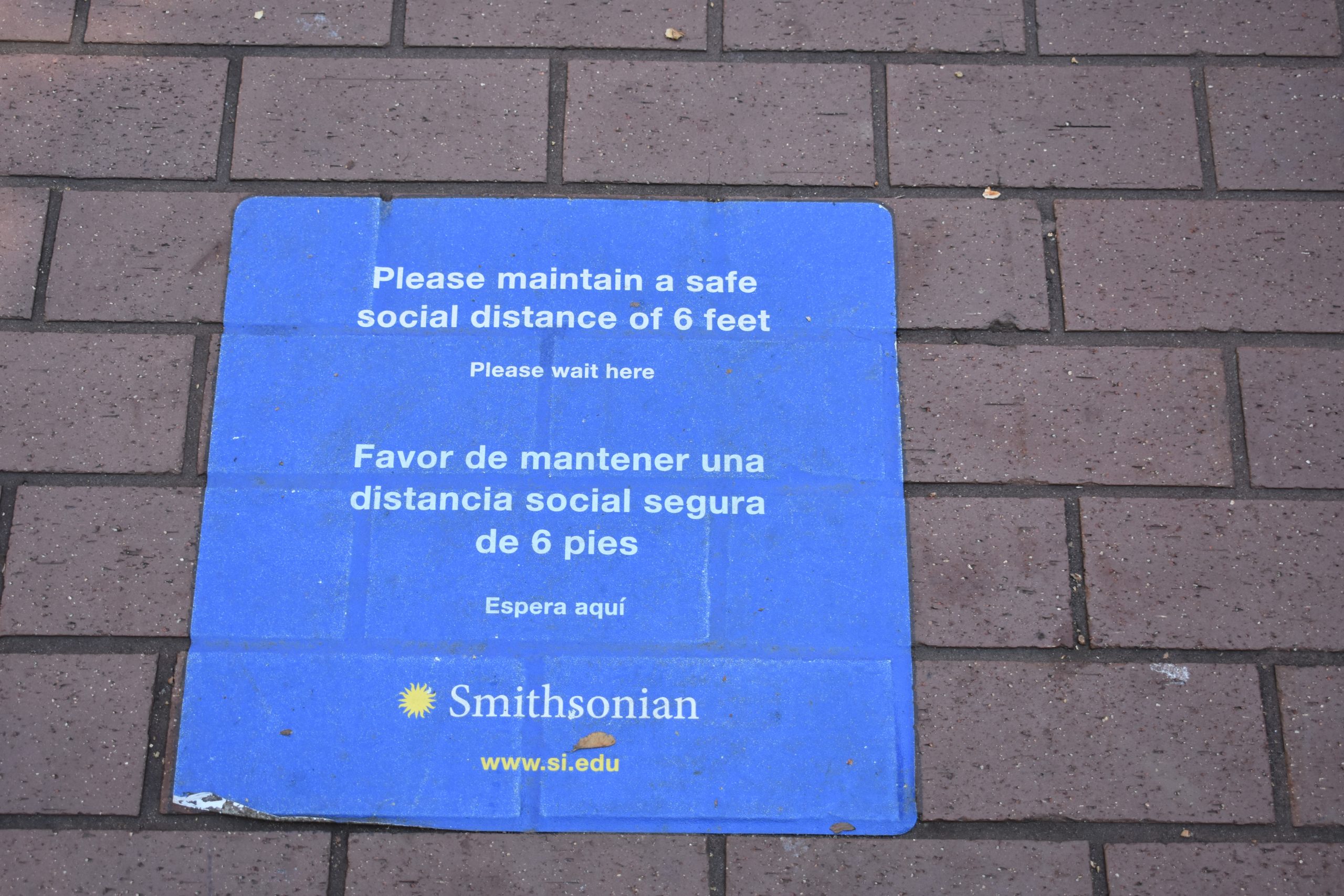
Some visitors are less enthusiastic about the reopening process, as they are still concerned about being infected.
“For me, no, I have not visited any museums,” said Cara Todd, a resident and graduate student in the District. She said she’s both busy with schoolwork on the weekend and “low-key paranoid” about COVID-19.
Although the National Museum of African American History and Culture declined to comment for this story, they did point to the protocols in place, all of which are detailed on the museum’s website in order to keep visitors safe.
Other open Smithsonian facility changes include closures of various exhibits that involve more hands-on approaches, children’s play areas, retail shops and cafes within the museums and museum hour alterations.
The Smithsonian National Zoo, while welcoming visitors, has opted to close some of its more heavily-trafficked locations in the park such as its visitors center, certain pathways, panda exhibit and Asia trail, and a few others.
In addition, there are ample cleaning, distancing and monitorization processes that ensure that any and all visitors will be safe and protected from the virus while visiting the establishments of their choice.
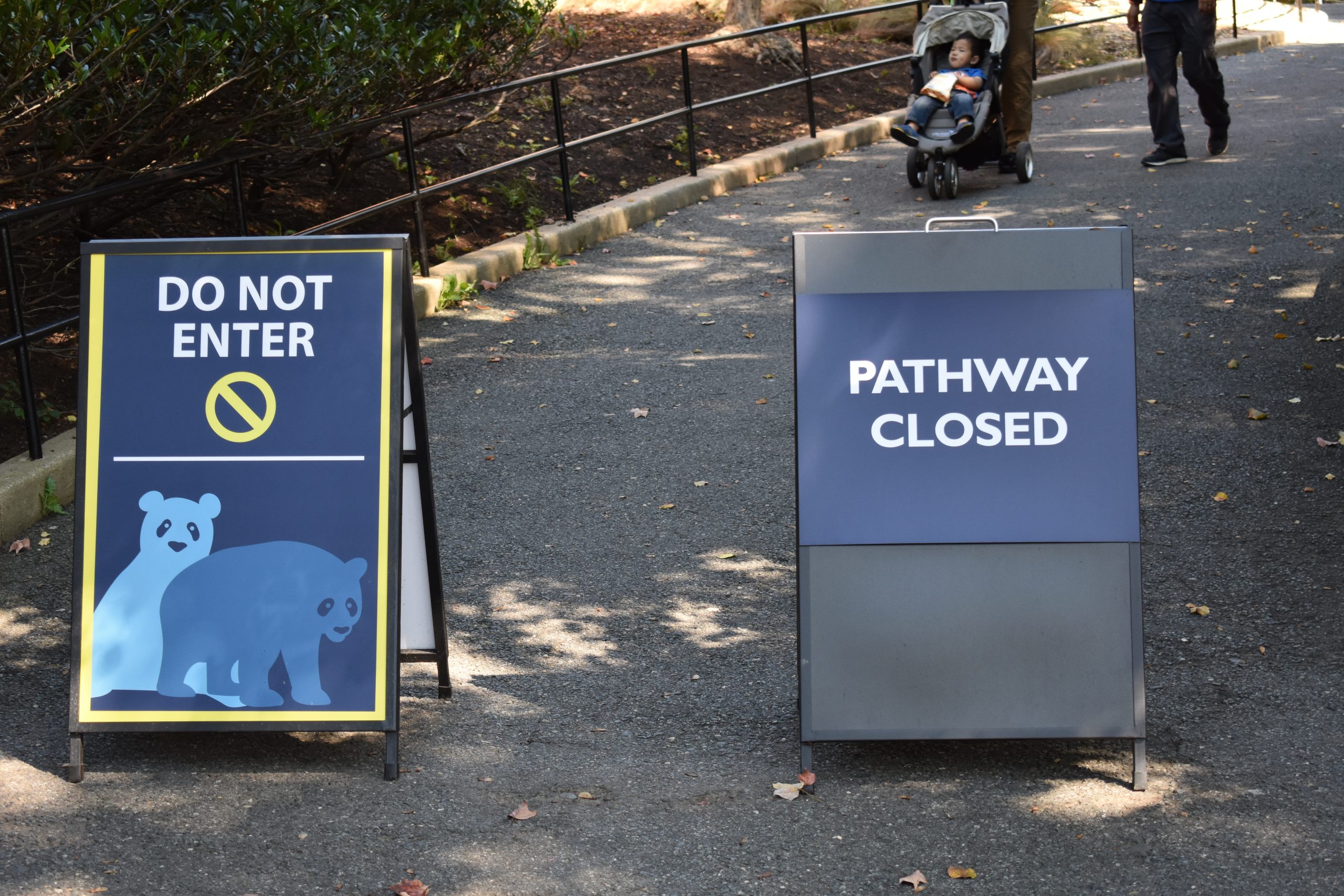
Father of two and area local Matt Smith said he feels completely comfortable taking his children to the zoo even with the pandemic going on.
“It’s been a solid experience. A few of the exhibits are unfortunately closed, but other than that, it’s been perfect weather so we’ve enjoyed being outside,” he said.
Some museums like the Museum of the Bible have taken to advising visitors to follow protocols in a tongue-in-cheek way, calling them “The COVID Commandments” listed both inside the museum and on the website with instructions like “Thou shalt follow directions provided by Museum of the Bible staff,” and “Thou shalt follow the recommended flow path.”

According to D.C. Mayor Muriel Bowser’s ReOpen DC initiative, the District is currently in Phase 2 of the reopening process. The city has already met a few criteria for the process of entering Phase 3, with a current positivity rate of less than 3% and sufficient healthcare capacity has been maintained in District hospitals without a surge. Still, Bowser has extended the city’s emergency order on Monday, effective through Dec. 31.
Many area museums still remain closed, including the Library of Congress, the National Geographic Museum, the Washington National Cathedral, the United States Holocaust Memorial Museum, the Lincoln Theatre, Ford’s Theatre and the John F. Kennedy Center for Performing Arts.


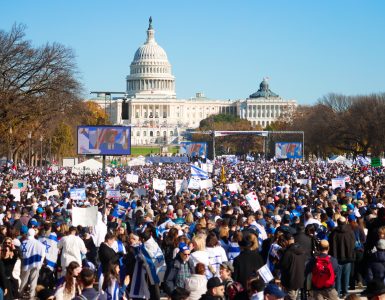
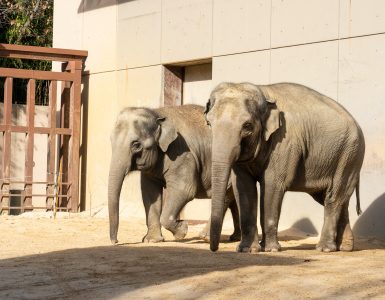
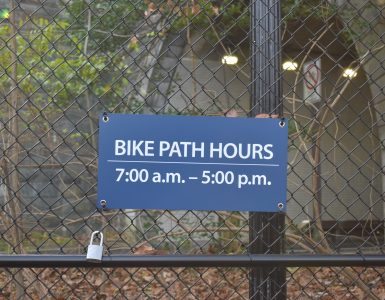










Add comment